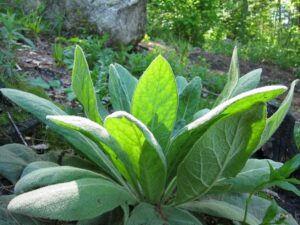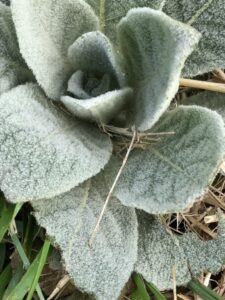Cowboy’s Toilet Paper
go.ncsu.edu/readext?870798
en Español / em Português
El inglés es el idioma de control de esta página. En la medida en que haya algún conflicto entre la traducción al inglés y la traducción, el inglés prevalece.
Al hacer clic en el enlace de traducción se activa un servicio de traducción gratuito para convertir la página al español. Al igual que con cualquier traducción por Internet, la conversión no es sensible al contexto y puede que no traduzca el texto en su significado original. NC State Extension no garantiza la exactitud del texto traducido. Por favor, tenga en cuenta que algunas aplicaciones y/o servicios pueden no funcionar como se espera cuando se traducen.
Português
Inglês é o idioma de controle desta página. Na medida que haja algum conflito entre o texto original em Inglês e a tradução, o Inglês prevalece.
Ao clicar no link de tradução, um serviço gratuito de tradução será ativado para converter a página para o Português. Como em qualquer tradução pela internet, a conversão não é sensivel ao contexto e pode não ocorrer a tradução para o significado orginal. O serviço de Extensão da Carolina do Norte (NC State Extension) não garante a exatidão do texto traduzido. Por favor, observe que algumas funções ou serviços podem não funcionar como esperado após a tradução.
English
English is the controlling language of this page. To the extent there is any conflict between the English text and the translation, English controls.
Clicking on the translation link activates a free translation service to convert the page to Spanish. As with any Internet translation, the conversion is not context-sensitive and may not translate the text to its original meaning. NC State Extension does not guarantee the accuracy of the translated text. Please note that some applications and/or services may not function as expected when translated.
Collapse ▲On my drive to and from work recently, I have been seeing tall spikes of yellow flowers growing in clusters along the roadside. They start flowering at the bottom of this spike and then as time goes on, the higher flowers start to open. What I have been seeing is cowboy’s toilet paper (Verbascum thapsus), which is also known as common mullein1.
Cowboy’s toilet paper is an invasive wildflower that is native to Eurasia and Africa. It is a biennial, meaning that it lives for two years. During the first year, it grows close to the ground as a basal rosette of leaves. It is in the second year that we see these tall spikes of yellow flowers reaching heights of up to seven feet. After the plant finishes flowering, its seeds mature and the mother plant dies.
Cowboy’s toilet paper tends to be found in neglected sites such as the roadways that I see it growing along so often. It prefers sandy soils and a neutral to slightly alkaline pH. While some pollinators do use cowboy’s toilet paper and it can be attractive in select settings, it is generally considered a weed as it reseeds prolifically. In areas where flowers are allowed to mature, this plant can release 100,000 to 180,000 seeds and often crowds out more desirable native plants2.
The unique name for this plant comes from its occasional use as a toilet paper replacement. Leaves are covered in woolly hairs that make the leaf quite soft. If used as toilet paper, it is important to get fresh leaves rather than old, dry leaves as these will crumble during use. In addition to its use during emergencies and lockdown-induced toilet paper shortages, this plant has traditionally been used medicinally for a number of illnesses.
If you need any help identifying plants that you find out in the environment, bring a complete sample or several high-quality pictures to the Cooperative Extension Center and we will do our best to help you. If you bring high-quality pictures, make sure that they aren’t blurry and that all parts of the plant are visible.






